View all Standards for Georgia Performance Standards OLD 2010 - Theatre Arts
TAHSADII.3 Acting by developing, communicating, and sustaining roles within a variety of situations and environments
a. Examines the skills and tasks associated with acting on stage
b. Explores the development of an actor's skills and resources
c. Creates characters using the tools and resources of acting to a variety of formal and informal performances
d. Analyzes and applies observation skills for character creation
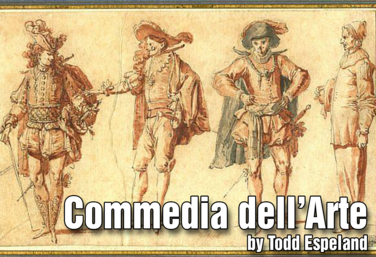
Commedia dell'Arte
by Todd Espeland
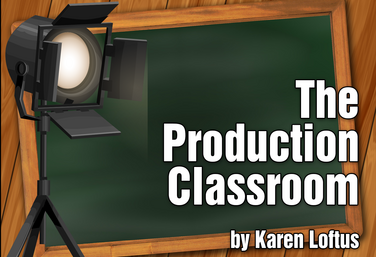
Part of the Production Classroom Units Curriculum
Production Classroom Units Overview
by Karen Loftus

Part of the Production Classroom Units Curriculum
Part One - Pre-Production
by Karen Loftus

Part of the Production Classroom Units Curriculum
Part Two - Rehearsal and Performance
by Karen Loftus

Part of the Production Classroom Units Curriculum
Part Two - Documents
by Karen Loftus

Part of the Production Classroom Units Curriculum
Part Three - Reflection and Assessment
by Karen Loftus
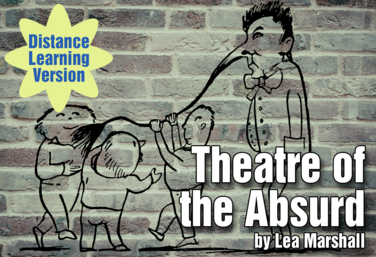.png)
Part of the Distance Learning Curriculum
Theatre of the Absurd
by Lea Marshall

The Autobiographical Monologue
by Gai Jones
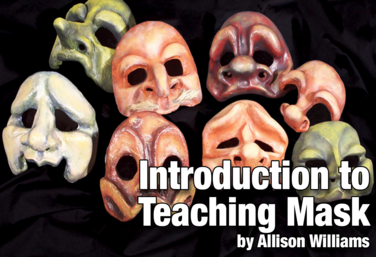
Introduction to Mask
by Allison Williams
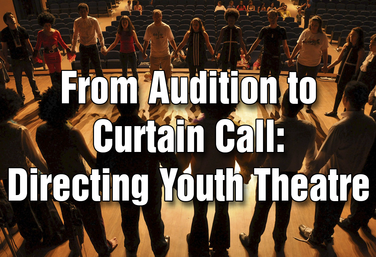
From Audition to Curtain Call: Directing Youth Theatre
by Steven Stack

Friendly Shakespeare
by Todd Espeland
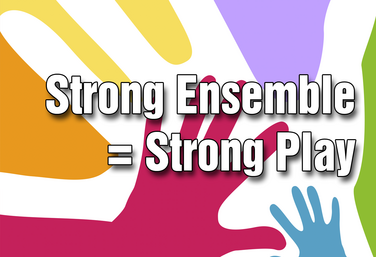
Strong Ensemble = Strong Play
by Craig Mason

Working With Monologues For Rehearsal And Development
by Gai Jones
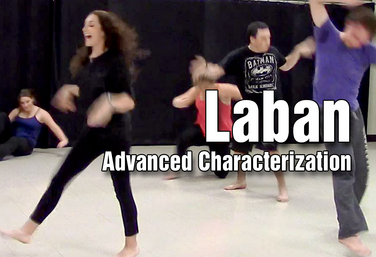
Laban: Advanced Characterization
by Todd Espeland
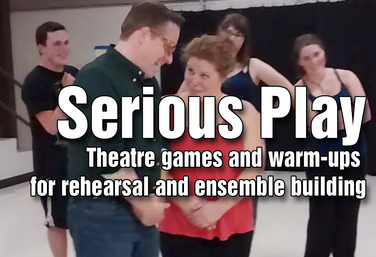
Serious Play: Theatre Games and Warmups for Rehearsal and Ensemble Building
by Todd Espeland
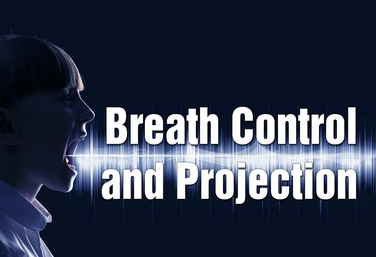
Breath Control and Projection
by Elisabeth Oppelt
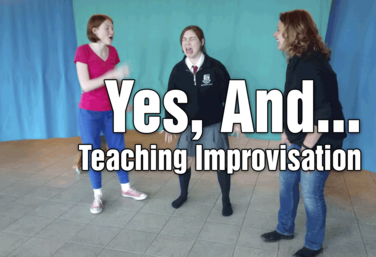
Yes, And... How to Teach Improv
by Jennine Profeta
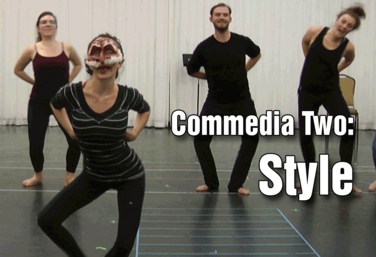
Commedia II: Style
by Todd Espeland
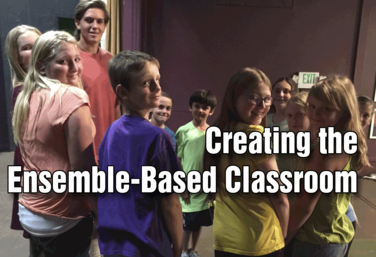
Creating the Ensemble-Based Classroom
by Gai Jones
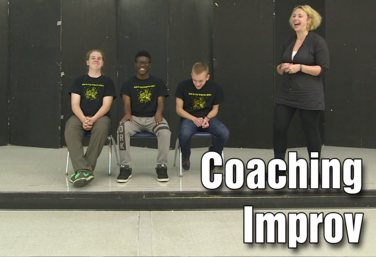
Coaching Improv
by Jennine Profeta

The Production Classroom
by Karen Loftus
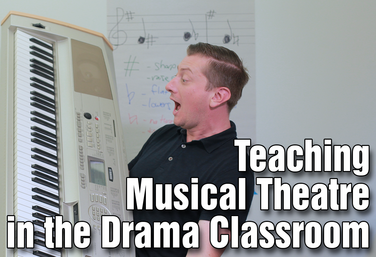
Teaching Musical Theatre in the Drama Classroom
by Colin Oliver
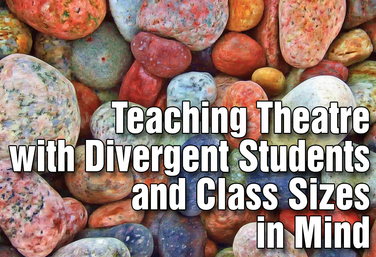
Teaching Theatre with Divergent Students and Class Sizes in Mind
by Steven Stack
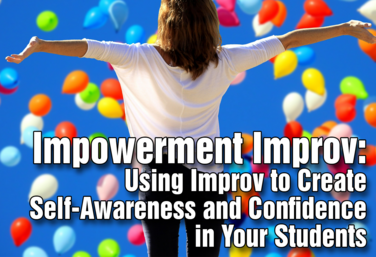
Impowerment Improv
by Jennine Profeta
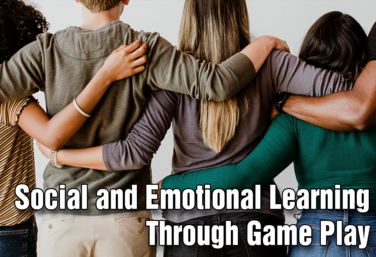
Social Emotional Learning through Game Play
by Matt Webster
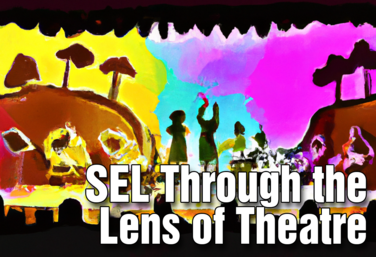
SEL Through the Lens of Theatre
by Christa Vogt
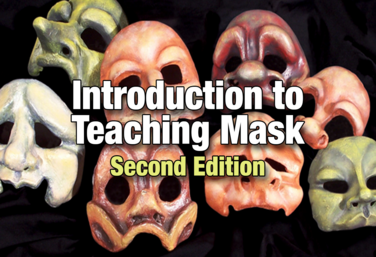
Introduction to Teaching Mask: 2nd Edition
by Allison Williams
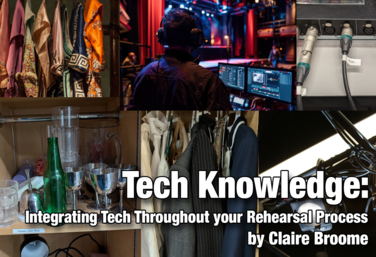
Tech Knowledge: Integrating Tech Throughout Your Rehearsal Process
by Claire Broome
View all Standards for Georgia Performance Standards OLD 2010 - Theatre Arts Standards Master List